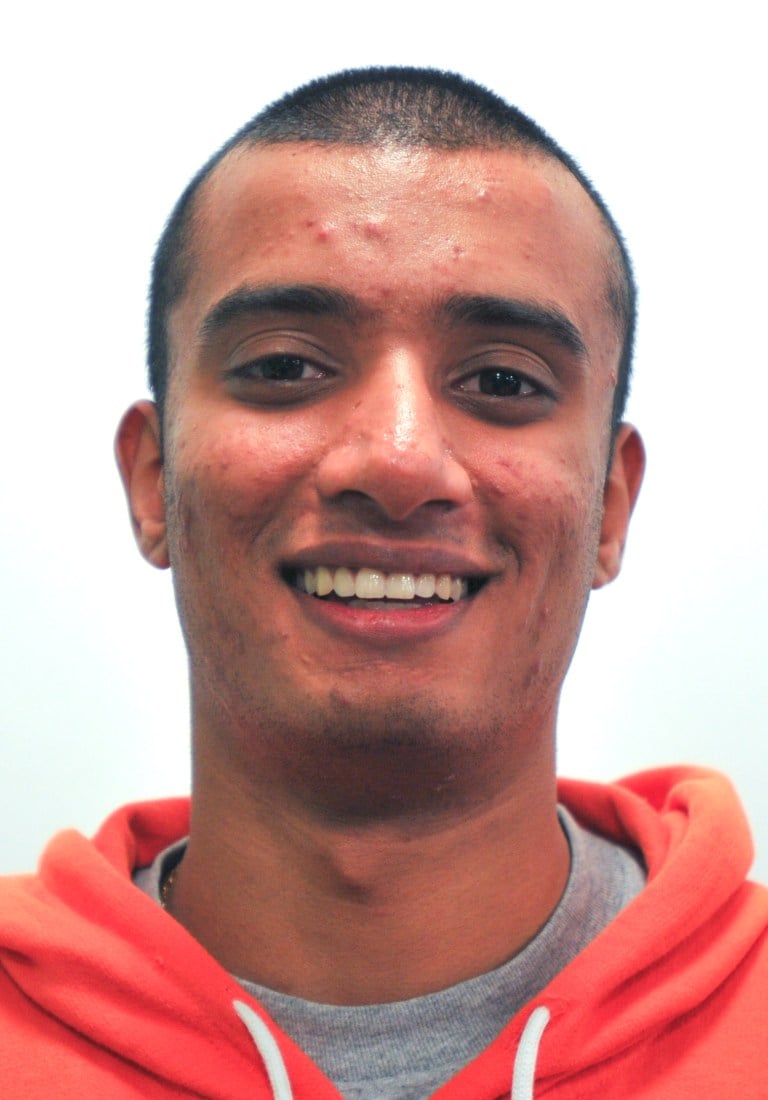When Tom Brady threw one of the worst interceptions of his storied career against the New Orleans Saints, I turned the TV off and went back to my homework. After all, there were just over two minutes left on the clock, the opposing quarterback was Drew Brees, the opposing head coach was Sean Payton and in the immortal words of Bart Scott, the Patriots defense has often struggled to “stop a nosebleed.”
After the gut-wrenching Stanford loss the day before, I just didn’t have it in me to tough out the rest of the game. Like half the fans in attendance at Gillette Stadium, I chickened out and left.
Little did I realize that Tom Terrific had one last hurrah left in him. About 20 minutes later, my phone buzzed with the unlikely score: 30-27 in favor of the Patriots. I stared at it in disbelief before texting my roommate. His response? “It has to be an ESPN glitch or something.”
But nay… Verily, the Patriots had actually beaten the Saints on a laser strike from Tom Brady to Kenbrell Thompkins with just five seconds to go in the game. In all the years I have been watching football, this game was probably the biggest emotional roller coaster of all. In the last five minutes of the game, the Patriots proceeded from being certain winners to losers to winners to losers to winners again.
One of the most intriguing games in recent memory was also home to a bevy of tough coaching decisions that equally favored and dismembered the head coaches on both sides of the ball. On the Patriots’ sideline, Bill Belichick chose to go for it on fourth-and-6 from his own 25-yard line despite holding all three timeouts with more than three minutes on the clock, without even taking into account the surefire score he would be giving up should the conversion attempt fail. Right after getting the ball back, Sean Payton of the Saints proceeded to run almost no time off the clock, throwing incomplete on third down before booting a field goal to put them up by a full four points.
However, it looked as if all that was rendered moot as Brady was intercepted on the very next play. Payton proceeded to dial up three weak runs up the middle before punting the ball back to the Patriots offense, giving them their third possession in under three minutes.
The rest, as they say, is history. Despite more dropped passes, more wide receivers getting injured and the immortal Jake Locker passing Brady on ESPN’s total QBR rankings table (while injured), Brady marched the Patriots down the field before delivering a pinpoint laser to the back corner of the end zone, where Jabari Greer was caught watching the backfield as Thompkins outfought him in the air and tapped his toes inbounds.
Touchdown and ballgame.
But in this day and age, it would be remiss of me to let the coaches off without analyzing their decisions. It would seem that Belichick was right to go for it on fourth down that early since his team won, but it was certainly a highly risky suggestion.
Equally shaky is Payton’s play calling. I know how agitated we get when teams get all hyper-conservative and run their back into the line three times, but when you’re already in field goal range and all the defense cares about is preventing the touchdown, just run the ball! The lack of time run off the clock proved especially costly as the Patriots managed to somehow get the ball back after all their mistakes and astonishingly still had time to mount a game-winning drive.
The other deep insight I can provide is that coaching is hard. In games like these I’m not sure that even hard math could produce a single set of coaching directives that would enhance someone’s chance of winning; there are just too many variables. Sometimes, you just have to roll with the punches and let the chips fall where they may. To quote the famous sports adage: “There is a reason they play the game on the field, not on paper.” Now, if only my homework operated the same way…
Vignesh Venkataraman did play his computer science homework on the field until a tragic glitch in which his left arm was replaced by a giant, pixelated flower. Send him a get-well e-card at viggy ‘at’ stanford.edu.
